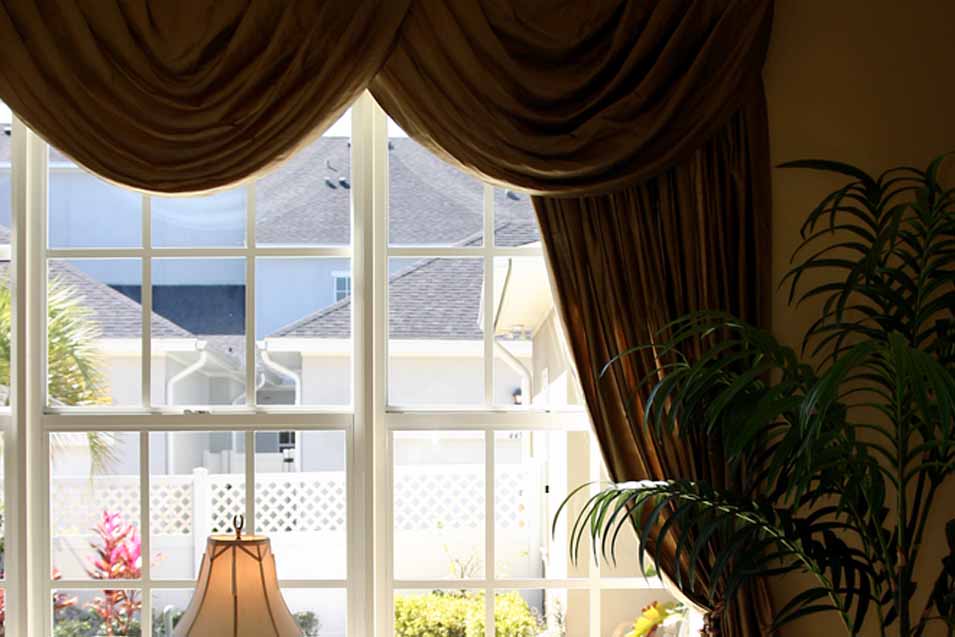
Are you considering using tapestries to decorate your home? Many people are beginning to use of wall tapestries as key components of their vision for a fabulous home décor theme. Tapestries are stunning works of art that add so much character and warmth to the home, and the market for these pieces has flourished significantly in the last 20 years. But for those new to tapestries, the choices can be a bit overwhelming. The types of tapestries available have become as varied and diverse as the people who purchase them. Understandably, it can be hard to know where to begin when choosing the piece that is right for you.
The main thing to keep in mind is that, ultimately, it all comes down to your own personal preference. Remember, you are attempting to pick out something that will speak to your personality – a piece that is, in essence, an extension of who you are. When viewed in this light, there really is no right or wrong way to select a tapestry. So it should be no surprise that any decision regarding what to purchase will likely involve a great deal of heart and soul. However, if you are new to tapestries, you may want to keep a few tips in mind when shopping for that perfect piece.
First, let’s consider some of the options available. Some people prefer the classic forms of tapestry art – those that have a historical twist to them. You can find great wall hangings that emulate Medieval, Renaissance, Neo-Classical and Baroque time periods, among many others.
Asian tapestries are also very popular, because they offer rich color schemes that are not only complex, but incredibly distinctive as well. What draws many individuals to some of these weavings is not only the meticulous amount of detail in the pieces, but the subsequent emotions conveyed in them as well.
These traditional tapestries tend to focus on timeless, universal themes centered around love, human nature, death and tragedy, which may explain why they have such a strong appeal. This kind of art provides us with a connection to the past and a window into the evolution of human nature. We often find that we relate to the characters depicted in these scenes, simply because the themes are so timeless.
Some tapestries are much more contemporary in presentation, and as such, they can give your home a decidedly modern edge. Many contemporary pieces can offer depictions ranging from surreal landscapes and abstract scenery to still-life illustrations showcasing colorful floral patterns or elegant assemblies of wines, vines or fruits. Yet other modern wall hangings may include elements of nature, animals and wildlife, or nautical themes exhibiting various naval and maritime dramatizations at sea.
If you are a huge fan of paintings, you may even be able to find some of your favorite artists reproduced in tapestry form. Tapestries have employed the use of works from such notable artists as Thomas Kinkade, Vincent Van Gogh and Leonardo de Vinci.
Remember, the wonderful thing about choosing a piece of art is that you can define what it means to you. In many cases, you may find tapestries that incorporate any combination of some the elements we have discussed.
As for the cost of owning a tapestry, they really are not necessarily as expensive as one might think. While there are many tapestries that sell for hundreds or even thousands of dollars, the market is actually quite vast. You can find a huge selection of affordable tapestries ranging from $50 to $200. Compared to what you might end up paying for an original art print, the value of wall tapestries can be immeasurable. These reasonable prices have made it much easier for the average individual to acquire great art.
Another aspect you may want to consider when choosing a tapestry is the size of the piece. Tapestries not only come in many styles, but they also come in many sizes. You will probably want to consider the size of your home and the room you intend to place the piece within. For example, if you have a large room that you feel creates too much distance between the people occupying it, perhaps you will want to purchase multiple small tapestries to bring about a more cozy feeling to the space. On the other hand, if you are dealing with a small room, you may want to consider a tapestry which conveys a sense of openness, such as a vast landscape or ocean.
Tapestries can come in sizes as small as 13 by 18 inches. They can also be rather large (27 by 36 inches, which is roughly the size of a standard poster). If you have a large wall in a big room, you will likely do well with larger wall tapestries. Some tapestries also come in sizes which are long and narrow, much like a banner. These types of tapestries are perfect for long hallways. It all depends on the style of living space you intend to decorate. Some tapestries can make your living space feel larger than it actually is, while others can have the opposite effect.
When choosing a great tapestry, you will also want to take into consideration the other furnishings in your home – that is, the kind of environment the tapestry will exist within. What type of furniture do you have? Is it ultra-modern, or do you have a lot of antiques? What kind of color scheme have you developed for your home? Try to choose tapestries that blend in with your overall home décor theme
Finally, you should understand that lighting can be an important consideration as you select a tapestry. Do you have light fixtures that match your furniture pieces? Do you use table lamps or recessed lighting fixtures, or do you use a combination of both? If you are in search of a modern feel, chrome lighting fixtures can provide excellent accents to more abstract tapestry pieces. Naturally, you will want to make sure you have plenty of light to enjoy the color schemes of your tapestries, but you also do not want so much light that it detracts from the artistic displays themselves.
In light of all the considerations, the main thing to remember about choosing a tapestry is to look for something that has meaning to you. Think of the tapestry as an extension of your personality and individuality, and then think of the other factors we have discussed as influences on the choice you ultimately make.






































